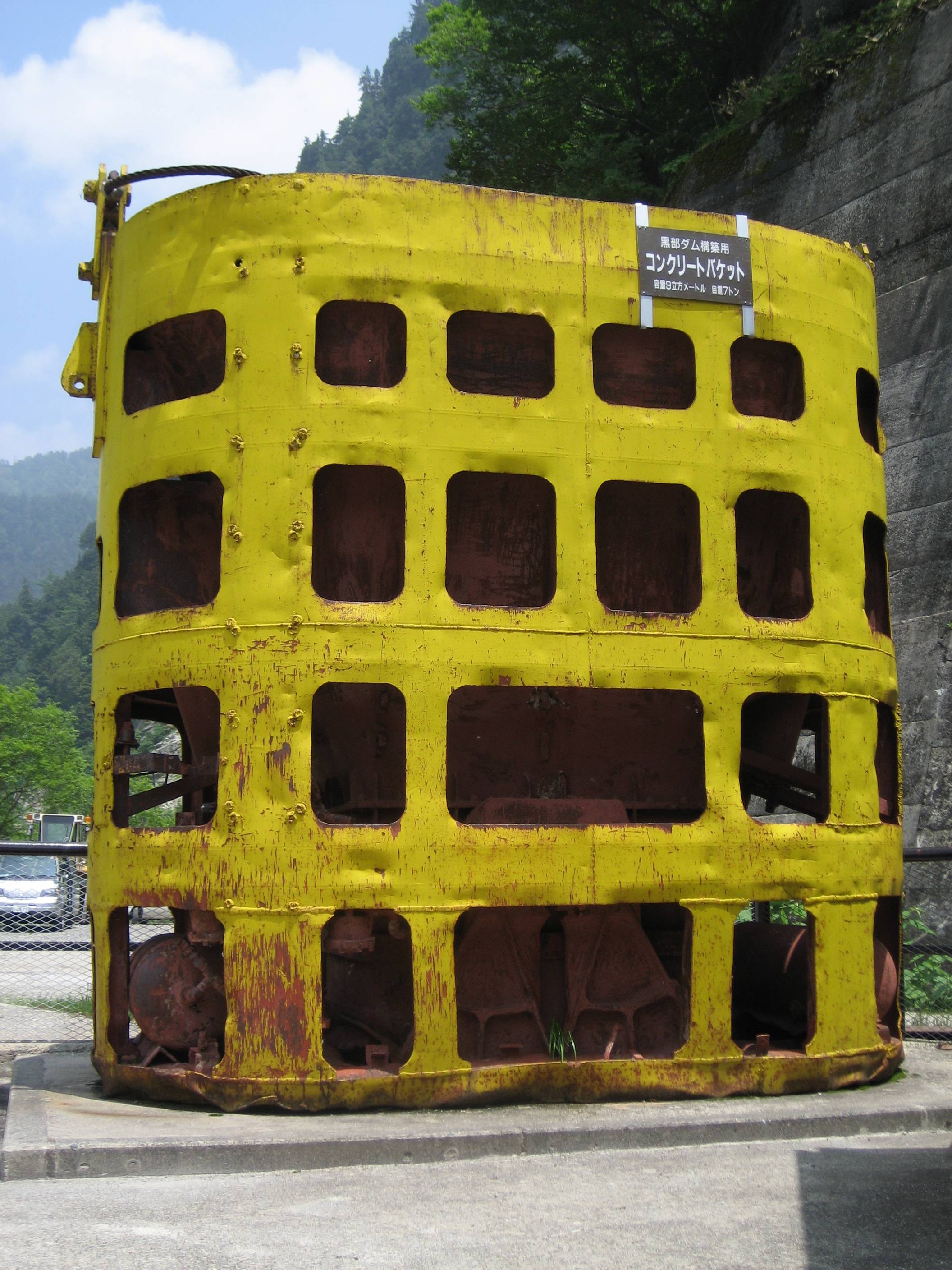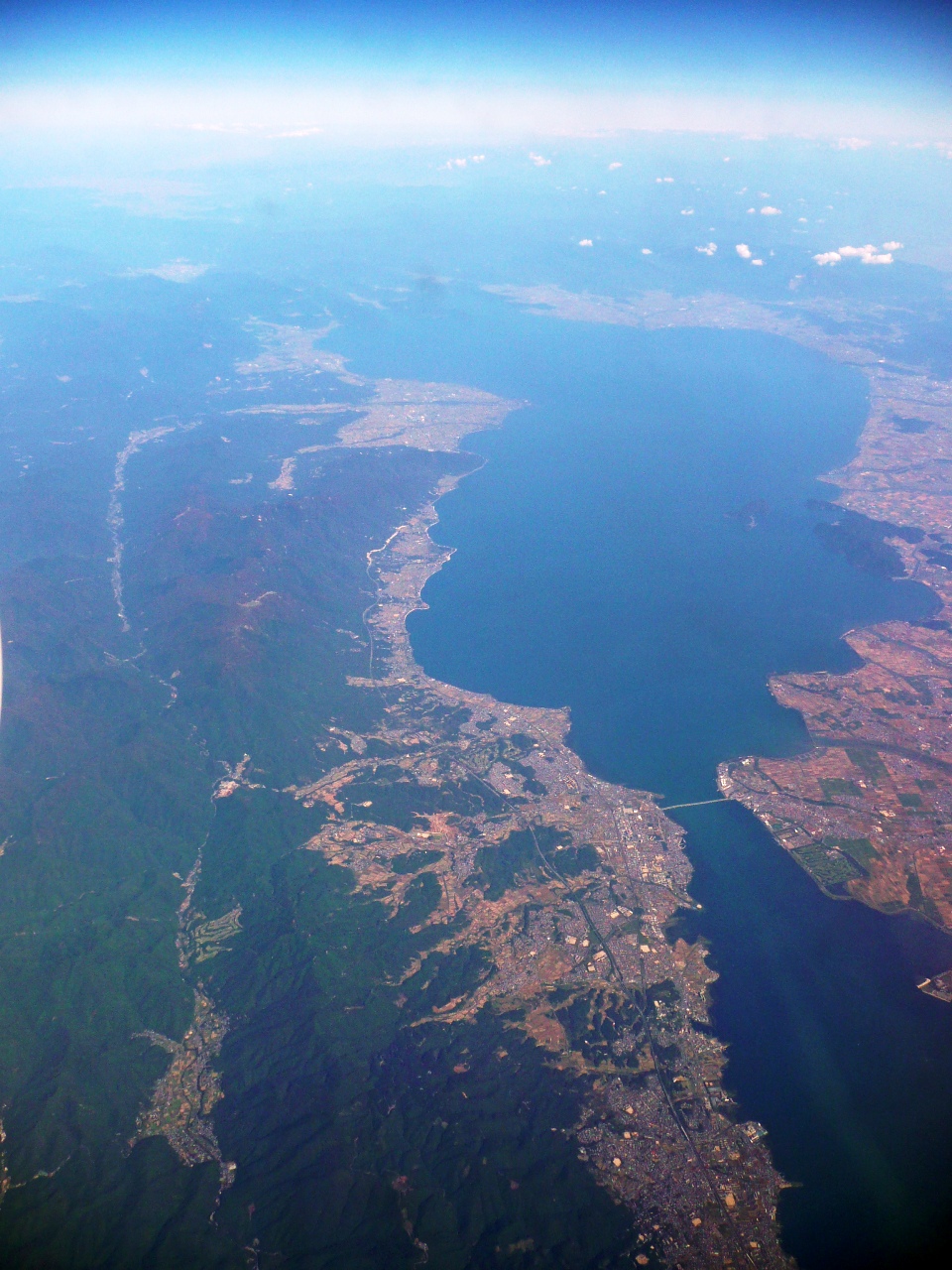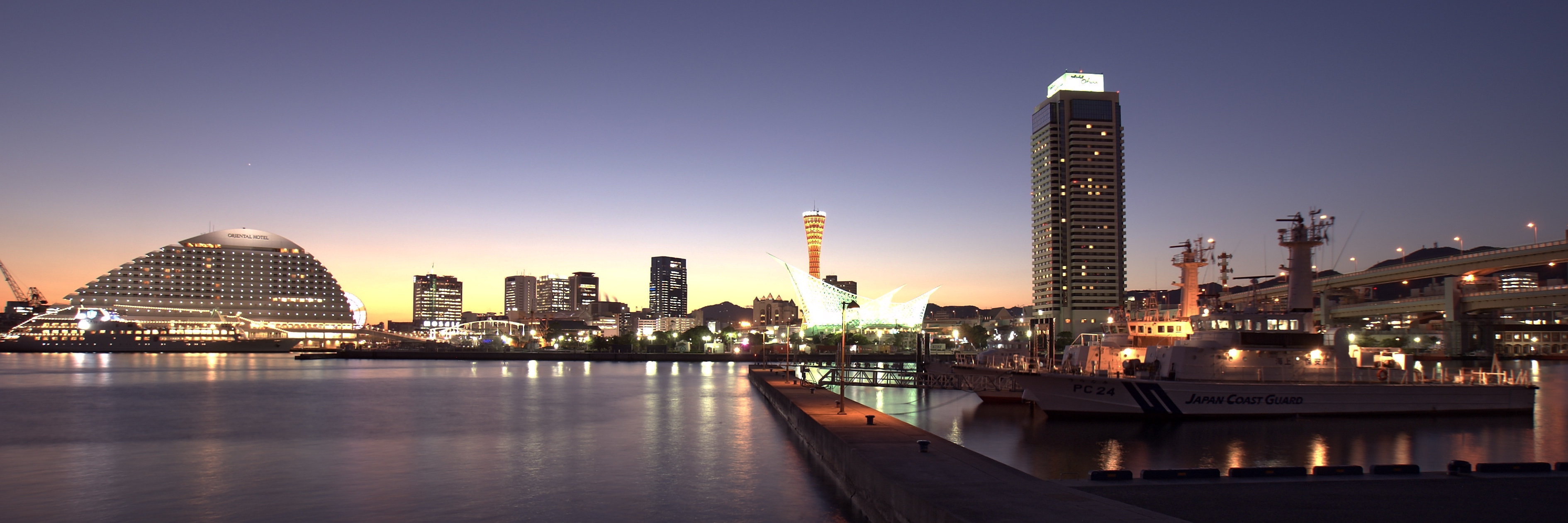|
Gamera Vs. Barugon
is a 1966 Japanese ''kaiju'' film directed by Shigeo Tanaka, with special effects by Noriaki Yuasa and Kazufumi Fujii. Produced by Daiei Film, it is the second entry in the ''Gamera'' franchise, and stars Kōjirō Hongō, Kyōko Enami, and Yūzō Hayakawa, with Teruo Aragaki as Gamera. In the film, Gamera returns to Earth to battle a reptilian monster born out of an opal brought to Japan by greedy entrepreneurs. Due to the success of '' Gamera, the Giant Monster'', studio president Masaichi Nagata pushed a sequel into production. Yunosaburo Saito was commissioned to write a story outline, which featured Gamera battling alien ice giants. Nagata instructed screenwriter Niisan Takahashi to write a "lavish" blockbuster and treat the monster spectacle seriously. Nagata promoted the project into an A-list production by approving a higher budget and attaching acclaimed talent. However, Yuasa, director of the previous film, was demoted to special effects director for this film. Pr ... [...More Info...] [...Related Items...] OR: [Wikipedia] [Google] [Baidu] |
Shigeo Tanaka
(January 7, 1907 – January 18, 1992) was a Japanese film director. Tanaka directed the second instalment of the Japanese film series ''Gamera'', and also directed '' Kenshin,'' '' The Great Wall'' and '' Typhoon Reporter''. Selected filmography * ''Tokai no hatoba'' (1932) * ''Haha'' (1939) * ''Aijin no chikai'' (1940) * ''The Battle of Hong Kong The Battle of Hong Kong (8–25 December 1941), also known as the Defence of Hong Kong and the Fall of Hong Kong, was one of the first battles of the Pacific War in World War II. On the same morning as the attack on Pearl Harbor, forces of the ...'' (1942) * '' Kyohan sha'' (1958) * ''Tokyo onigiri musume'' (1961) *'' Kenshin'' (1961) * '' The Great Wall'' (1962) *'' Typhoon Reporter'' (1963) * ''Furin'' (1965) * '' Gamera vs. Barugon'' (1966) * '' Woman Gambling Den'' (1966) * ''The Suitors'' (1967) * ''The Woman Gambler and the Nun'' (1968) * ''The Woman Gambler's Supplication'' (1968) * ''Onna tobakushi jūban shōbu'' (196 ... [...More Info...] [...Related Items...] OR: [Wikipedia] [Google] [Baidu] |
Kurobe Dam
The or , is a high variable-radius arch dam on the Kurobe River in Toyama Prefecture, Japan. The tallest dam in Japan, it supports the 335 MW Kurobe No. 4 Hydropower Plant and is owned by Kansai Electric Power Company. It was constructed between 1956 and 1963 at a cost of ¥51.3 billion yen. The project was a difficult engineering feat for the rapidly growing post–World War II Japan, and claimed the lives of 171 people. History In 1951, the Kansai Electric Power Company was formed to provide electric power for the Kansai region of Japan. Shortly after their formation, the area suffered from drought which caused power rationing. The drought along with the rapid growth of post–World War II Japan pushed the company to increase their generating capacity. After a series of geological and hydrological studies of the Kurobe River and Gorge, it was announced in late 1955 that the Kurobe Dam would be constructed. In July 1956, construction on the dam began. Problems quickly arose ... [...More Info...] [...Related Items...] OR: [Wikipedia] [Google] [Baidu] |
Koto (instrument)
The is a Japanese plucked half-tube zither instrument, and the national instrument of Japan. It is derived from the Chinese and , and similar to the Mongolian , the Korean and , the Vietnamese , the Sundanese and the Kazakhstan . Koto are roughly in length, and made from Paulownia wood ('' Paulownia tomentosa'', known as ). The most common type uses 13 strings strung over movable bridges used for tuning, different pieces possibly requiring different tuning. 17-string koto are also common, and act as bass in ensembles. Koto strings are generally plucked using three fingerpicks (), worn on the first three fingers of the right hand. Names and types The character for ''koto'' is , although is often used. However, (''koto'') is the general term for all string instruments in the Japanese language,(jaKotobank koto/ref> including instruments such as the , , , , , and so on. When read as , it indicates the Chinese instrument . The term is used today in the same way. The term ... [...More Info...] [...Related Items...] OR: [Wikipedia] [Google] [Baidu] |
The Conquest Of The Pole
''The Conquest of the Pole'' (french: À la conquête du pôle) is a 1912 French silent science fantasy film directed by and starring Georges Méliès. The film, loosely inspired by contemporary events and by Jules Verne's '' Voyages Extraordinaires'', follows the comic misadventures of an international group of explorers on an expedition to the North Pole, where they encounter a man-eating frost giant and a dangerous magnetic needle. The film, one of Méliès's last cinematic works, was released by Pathé Frères to critical acclaim in France and the United Kingdom, but was a box-office failure and contributed to Méliès's mounting financial difficulties. It continues to be seen as one of his masterpieces and is sometimes named as his greatest work. Plot At an International Congress at an Aero Club, explorers from around the world argue about the best way to fly to the North Pole. All are in disagreement until the congress's president, the engineer Maboul of France, explains ... [...More Info...] [...Related Items...] OR: [Wikipedia] [Google] [Baidu] |
Yoshihiro Hamaguchi
was a Japanese freestyle swimmer. He represented Japan at the 1952 Summer Olympics in Helsinki, Finland. There, he won a silver medal as a member of the 4 × 200 m freestyle relay team, alongside Toru Goto, Hiroshi Suzuki and Teijiro Tanikawa. Also competed in the 100m freestyle advancing to the semifinals, missing the finals by a narrow margin. After retiring he debuted as an actor in the 1955 film ''Buruuba'' as a Japanese version of Tarzan. He also appeared in the TV Show '' Shōnen Jet'', a detective adventure show made by Kadokawa Pictures Kadokawa Daiei Studio, formerly is the film division of the Japanese company the Kadokawa Corporation. It is one of the four members of the Motion Picture Producers Association of Japan (MPPAJ), and is therefore one of Japan's Big Four film studi .... References databaseOlympics* 1926 births Swimmers at the 1952 Summer Olympics Olympic swimmers of Japan Olympic silver medalists for Japan 2011 deaths World record setters ... [...More Info...] [...Related Items...] OR: [Wikipedia] [Google] [Baidu] |
Ichirō Sugai
was a Japanese actor. He appeared in more than 300 films between 1930 and 1971. Sugai often worked with Kaneto Shindo, Kenji Mizoguchi and Kōzaburō Yoshimura. Selected filmography * ''The Water Magician'' (1933) * '' Spring on Leper's Island'' (1940) * ''Sanshiro Sugata'' (1943) * ''The Most Beautiful'' (1944) * ''Sanshiro Sugata Part II'' (1945) * ''Minshū no Teki'' (1946) * ''Aru yo no Tonosama'' (1946) * ''Apostasy'' (1948) * ''Stray Dog'' (1949) * '' Waga koi wa moenu'' (1949) * '' Story of a Beloved Wife'' (1951) * ''Early Summer'' (1951) * ''Avalanche'' (1952) * '' The Life of Oharu'' (1952) * ''Epitome'' (1953) * ''Life of a Woman'' (1953) * ''Sansho the Bailiff'' (1954) * ''The Crucified Lovers'' (1954) * ''Wolf'' (1955) * ''Shirogane Shinjū'' (1956) * '' Ruri no kishi'' (1956) * '' Night Drum'' (1958) * ''Odd Obsession'' (1959) * '' Kenju burai-chō Nukiuchino Ryu'' (1960) * ''The Pornographers'' (1966) * '' Gamera vs. Barugon'' (1966) * ''The Yoshiwara Story'' (19 ... [...More Info...] [...Related Items...] OR: [Wikipedia] [Google] [Baidu] |
Takuya Fujioka
was a Japanese actor. He is most famous for playing the role of Daikichi Okakura on the television drama series ''Wataru Seken wa Oni Bakari''. Fujioka attended Kwansei Gakuin University but dropped out because of illness. His first starring role in the film was in the ''Gambare Nihondanji''. He died of chronic kidney disease on 20 October 2006 at the age of 76. His final film appearance was in The ''Blooming Again '', released in 2004. Filmography Films * '' Zatoichi and the Chess Expert'' (1965) as Sunpachi * ''Gamera vs. Barugon'' (1966) as Doctor.Satō * ''Yakuza (893) gurentai'' (1966) * '' Zatoichi the Outlaw'' (1967) as Zatō Sanji * '' Freshman Wakadaishō'' (1969) as Fujiwara * ''Kaoyaku'' (1971) as Kurihara * '' New Battles Without Honor and Humanity: Last Days of the Boss'' (1974) as Yonemoto * '' The Gate of Youth'' (1975) as Owner * '' Yakuza Graveyard'' (1976) as Sugi * '' Mount Hakkoda'' (1977) as Monma * ''Yatsuhakamura'' (1977) as Doctor.Hisano * '' The Fall o ... [...More Info...] [...Related Items...] OR: [Wikipedia] [Google] [Baidu] |
Lake Biwa
is the largest freshwater lake in Japan, located entirely within Shiga Prefecture (west-central Honshu), northeast of the former capital city of Kyoto. Lake Biwa is an ancient lake, over 4 million years old. It is estimated to be the 13th oldest lake in the world. Because of its proximity to Kyoto, references to Lake Biwa appear frequently in Japanese literature, particularly in poetry and in historical accounts of battles. Name The name ''Biwako'' was established in the Edo period. There are various theories about the origin of the name ''Biwako'', but it is generally believed to be so named because of the resemblance of its shape to that of a stringed instrument called the '' biwa''. Kōsō, a learned monk of Enryaku-ji in the 14th century, gave a clue to the origin of the name ''Biwako'' in his writing: "The lake is the Pure land of the goddess Benzaiten because she lives on Chikubu Island and the shape of the lake is similar to that of the ''biwa'', her favorite instru ... [...More Info...] [...Related Items...] OR: [Wikipedia] [Google] [Baidu] |
Osaka
is a designated city in the Kansai region of Honshu in Japan. It is the capital of and most populous city in Osaka Prefecture, and the third most populous city in Japan, following Special wards of Tokyo and Yokohama. With a population of 2.7 million in the 2020 census, it is also the largest component of the Keihanshin Metropolitan Area, which is the second-largest metropolitan area in Japan and the 10th largest urban area in the world with more than 19 million inhabitants. Osaka was traditionally considered Japan's economic hub. By the Kofun period (300–538) it had developed into an important regional port, and in the 7th and 8th centuries, it served briefly as the imperial capital. Osaka continued to flourish during the Edo period (1603–1867) and became known as a center of Japanese culture. Following the Meiji Restoration, Osaka greatly expanded in size and underwent rapid industrialization. In 1889, Osaka was officially established as a municipality. The const ... [...More Info...] [...Related Items...] OR: [Wikipedia] [Google] [Baidu] |
Kobe Harbor
The Port of Kobe is a Japanese maritime port in Kobe, Hyōgo in the Keihanshin area, backgrounded by the Hanshin Industrial Region. Located at a foothill of the range of Mount Rokkō, flat lands are limited and constructions of artificial islands have carried out, to make Port Island, Rokkō Island, island of Kobe Airport to name some. History In the 10th century, Taira no Kiyomori renovated the then and moved to , the short-lived capital neighbouring the port. Throughout medieval era, the port was known as . In 1858 the Treaty of Amity and Commerce opened the Hyōgo Port to foreigners. After the World War II pillars were occupied by the Allied Forces, later by United States Forces Japan. (Last one returned in 1973.) In the 1970s the port boasted it handled the most containers in the world. It was the world's busiest container port from 1973 to 1978. The 1995 Great Hanshin earthquake diminished much of the port city's prominence when it destroyed and halted much of the f ... [...More Info...] [...Related Items...] OR: [Wikipedia] [Google] [Baidu] |
Infrared
Infrared (IR), sometimes called infrared light, is electromagnetic radiation (EMR) with wavelengths longer than those of visible light. It is therefore invisible to the human eye. IR is generally understood to encompass wavelengths from around 1 millimeter (300 GHz) to the nominal red edge of the visible spectrum, around 700 nanometers (430 THz). Longer IR wavelengths (30 μm-100 μm) are sometimes included as part of the terahertz radiation range. Almost all black-body radiation from objects near room temperature is at infrared wavelengths. As a form of electromagnetic radiation, IR propagates energy and momentum, exerts radiation pressure, and has properties corresponding to both those of a wave and of a particle, the photon. It was long known that fires emit invisible heat; in 1681 the pioneering experimenter Edme Mariotte showed that glass, though transparent to sunlight, obstructed radiant heat. In 1800 the astronomer Sir William Herschel ... [...More Info...] [...Related Items...] OR: [Wikipedia] [Google] [Baidu] |






